41 circle and label a nucleotide
chapter 11 Flashcards | Quizlet Web1.) Synthesize a probe, a single-stranded piece of DNA that is complementary to part of a disease allele.2.) Label the probe with a radioactive isotope or fluorescent tag.3.) Immobilize the single-stranded source DNA and expose it to the probe.4.) The probe will bind to any complementary strands in the immobilized source DNA.5.) Areas that ... Microbiology Chapters 9 Flashcards | Quizlet WebStudy with Quizlet and memorize flashcards containing terms like The development of virulent, toxin-producing bacterial strains due to the presence of a temperate phage can occur in A. bacterial conjugation. B. transformation. C. generalized transduction. D. specialized transduction. E. All of the choices are correct, The following pertain to …
DNA Structure - YouTube WebLearn about the structure of DNA and how to recognize all the parts in this video!
Circle and label a nucleotide
Frontiers | Isothermal Amplification of Nucleic Acids: The Race … WebNucleic acid amplification technologies (NAATs) have become fundamental tools in molecular diagnostics, due to their ability to detect small amounts of target molecules. Since its development, Polymerase Chain Reaction (PCR) has been the most exploited method, being stablished as the “gold standard” technique for DNA amplification. However, the … Program Guide – ASCO Meeting Program Guide WebA comprehensive program for your self-assessment needs includes all-digital SEP® content (22 chapters + more chapter questions), an updated Question Bank, and additional educational resources. DNA ligase - Wikipedia DNA ligase is a specific type of enzyme, a ligase, (EC 6.5.1.1) that facilitates the joining of DNA strands together by catalyzing the formation of a phosphodiester bond.It plays a role in repairing single-strand breaks in duplex DNA in living organisms, but some forms (such as DNA ligase IV) may specifically repair double-strand breaks (i.e. a break in both complementary strands of DNA).
Circle and label a nucleotide. PharmaCircle WebThis website uses cookies to help provide you with the best possible online experience. Please read our Terms & Conditions and Privacy Policy for information about ... A structurally conserved motif in γ-herpesvirus uracil-DNA … May 05, 2018 · An unexpected composite mechanism in a γ-herpesvirus uracil-DNA glycosylase has been uncovered that is associated with, yet distinct from, catalysis: Canonical nucleotide-flipping of a substrate deoxyuridine concomitant with nucleotide-flipping of its orphaned partner and coordinated presentation to the solvent environment of that orphan base. Recurrent somatic mutations as predictors of immunotherapy Web08.07.2022 · Few genetic biomarkers are known for cancer immunotherapy. Here the authors identify recurrently-mutated genes and pathways associated with treatment response and develop a classifier using tumour ... Multi-color RNA imaging with CRISPR-Cas13b systems in living … Aug 01, 2022 · To assess the labeling specificity of dMisCas13b, we introduced single (Fig. 4A) or double nucleotide mismatches (Fig. 4B) into the 22-nt gRNA for 3' end of NEAT1_2 (gNEAT1_2) and examined their influence on guiding dMisCas13b-EGFP to NEAT1_2 in the NONO-mRuby3 knocked-in HeLa cell line, in which NONO is a well-established paraspeckle protein ...
DNA ligase - Wikipedia DNA ligase is a specific type of enzyme, a ligase, (EC 6.5.1.1) that facilitates the joining of DNA strands together by catalyzing the formation of a phosphodiester bond.It plays a role in repairing single-strand breaks in duplex DNA in living organisms, but some forms (such as DNA ligase IV) may specifically repair double-strand breaks (i.e. a break in both complementary strands of DNA). Program Guide – ASCO Meeting Program Guide WebA comprehensive program for your self-assessment needs includes all-digital SEP® content (22 chapters + more chapter questions), an updated Question Bank, and additional educational resources. Frontiers | Isothermal Amplification of Nucleic Acids: The Race … WebNucleic acid amplification technologies (NAATs) have become fundamental tools in molecular diagnostics, due to their ability to detect small amounts of target molecules. Since its development, Polymerase Chain Reaction (PCR) has been the most exploited method, being stablished as the “gold standard” technique for DNA amplification. However, the …


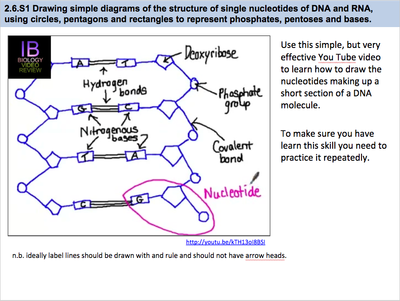

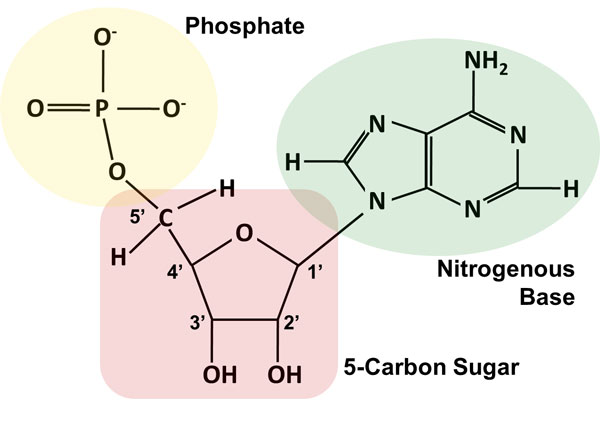
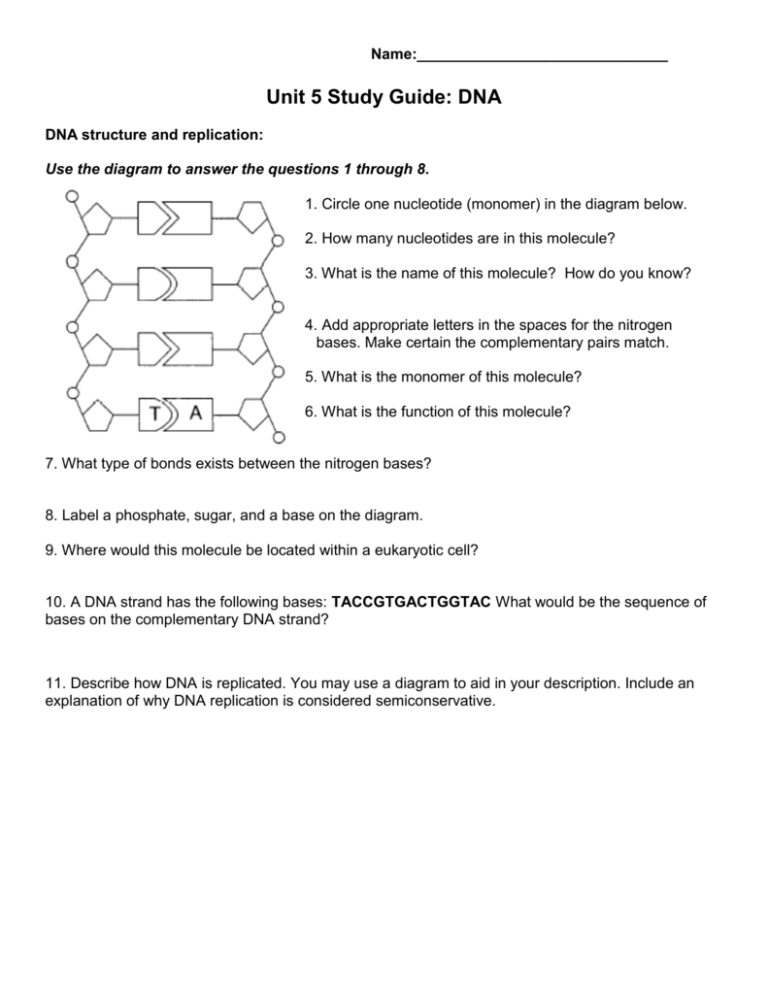
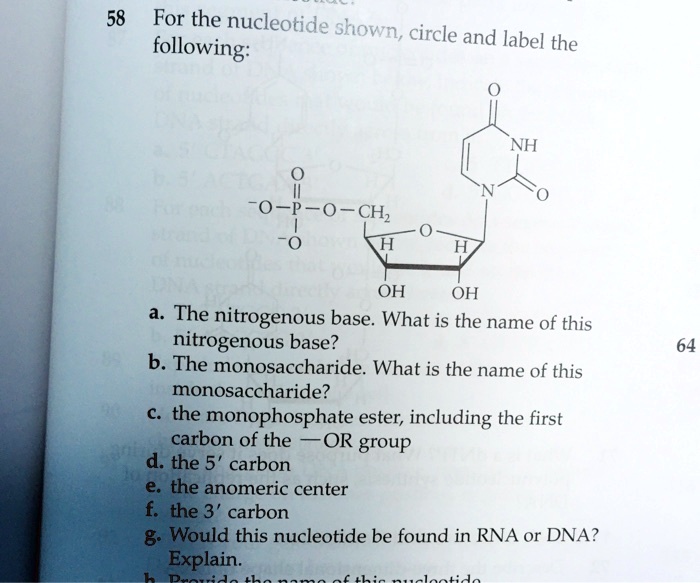

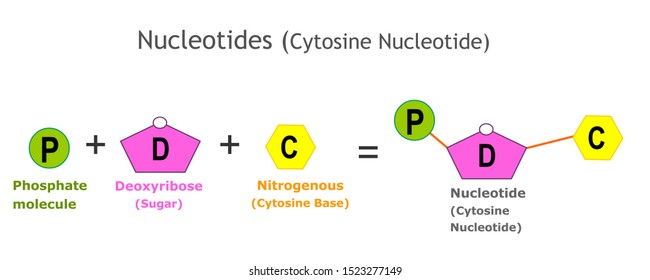

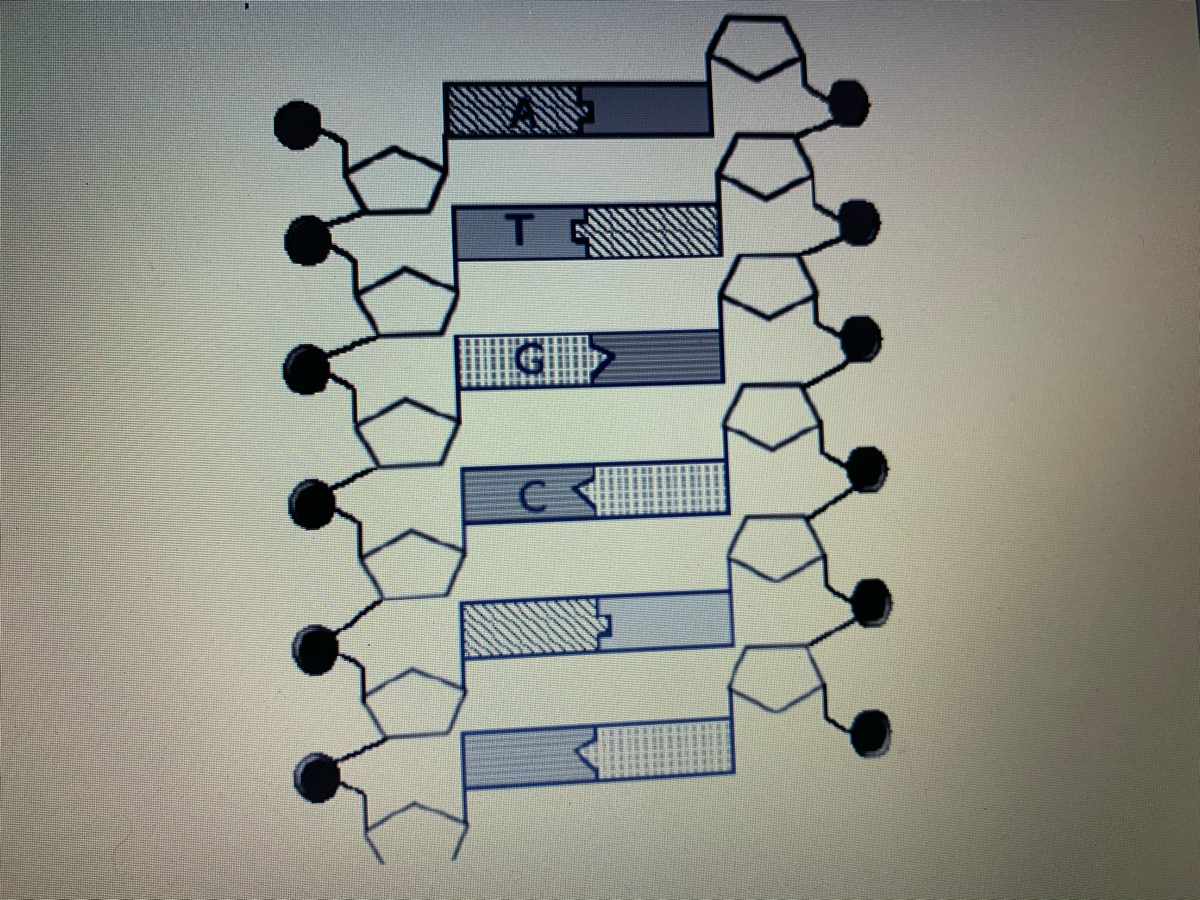


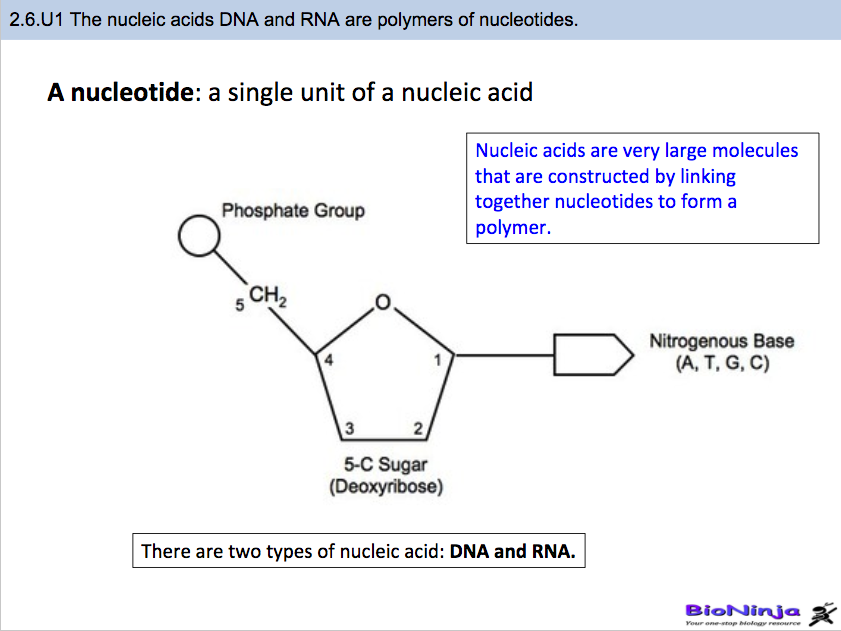


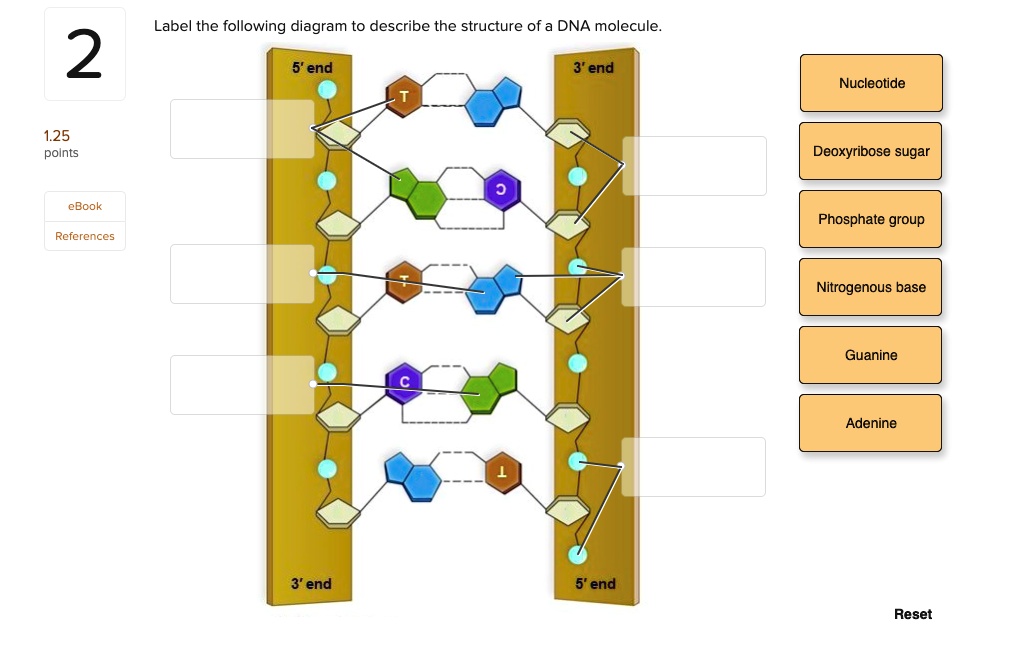

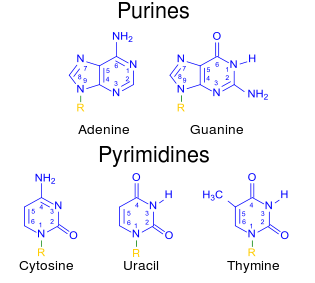
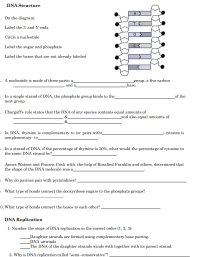

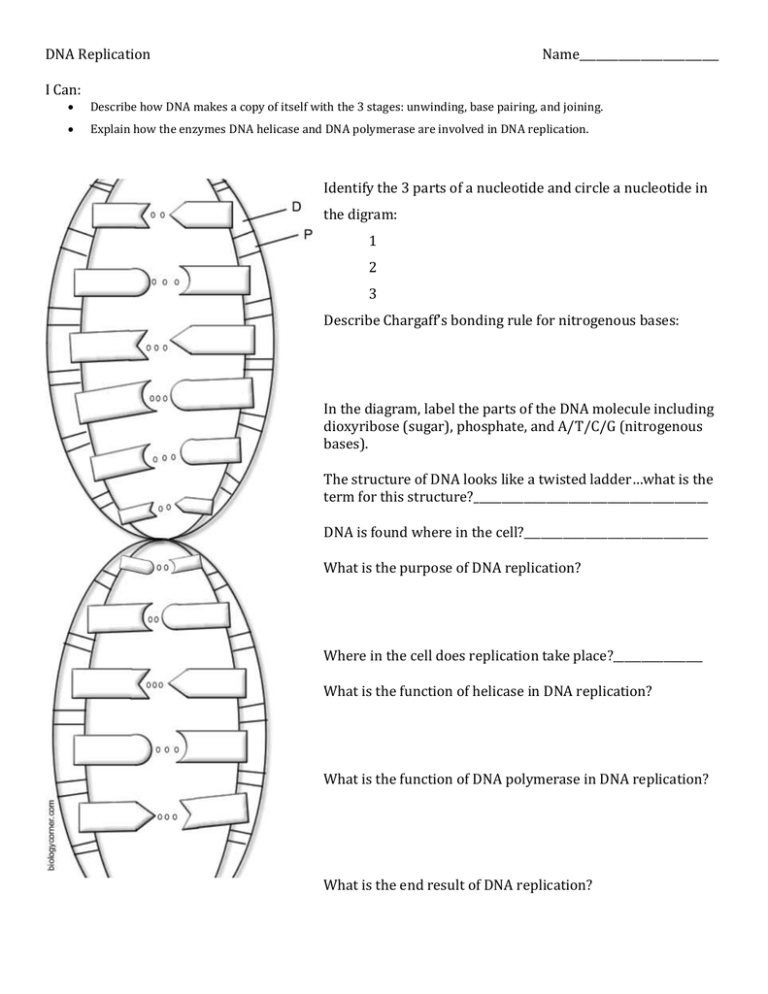
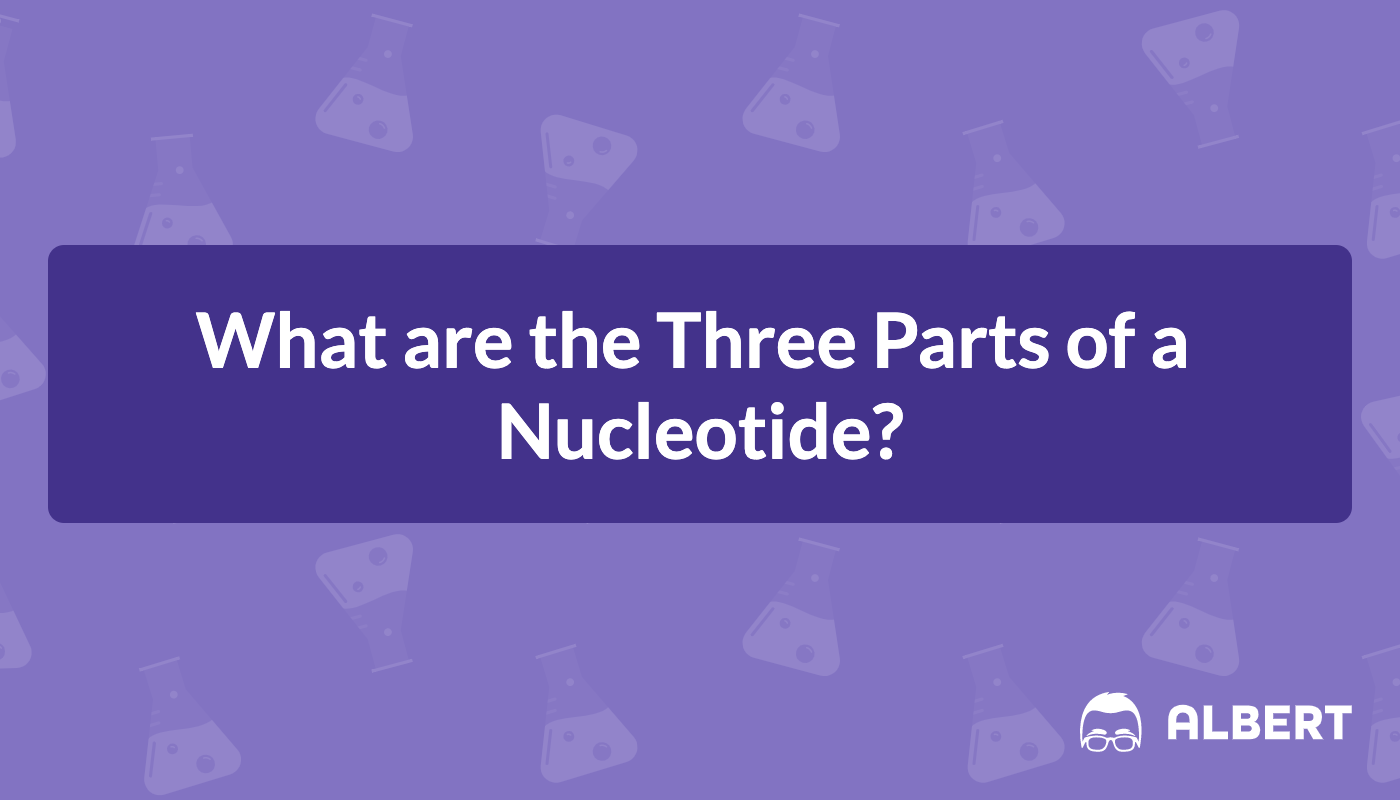


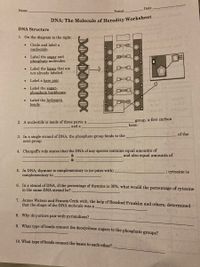





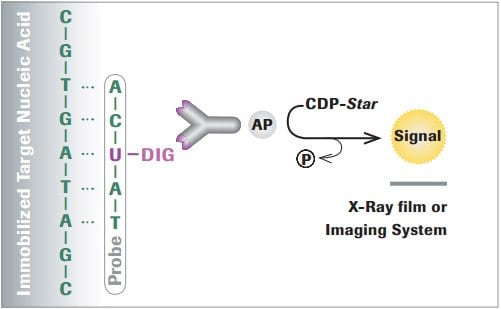
/what-are-the-parts-of-nucleotide-606385-FINAL-5b76fa94c9e77c0025543061.png)

Post a Comment for "41 circle and label a nucleotide"